Embarking on a home renovation project can be an exhilarating endeavor that transforms your living space and adds significant value to your property. It’s an opportunity to tailor your surroundings to your tastes and needs. However, without proper management and thoughtful planning, the costs can quickly escalate beyond your budget.
Establishing clear priorities and a workable plan that balances aesthetic and practical improvements is crucial to keeping your renovations financially feasible. One prevalent misconception is that you should sacrifice the quality of your remodeling project to stay within a modest budget.
In fact, strategic choices in materials and focusing on key home improvements can result in a cost-effective and high-quality remodel. Leveraging cost-saving strategies, such as doing some of the work yourself or sourcing materials through discounts and sales, you can stretch your budget further while still achieving the substantial upgrades that increase your home’s value.
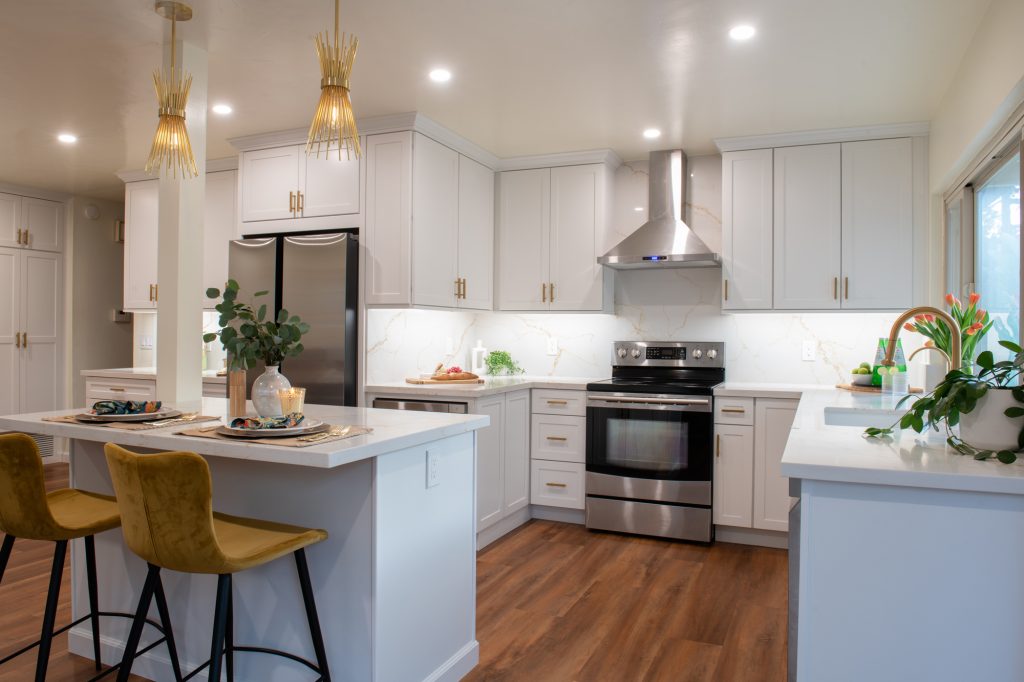
Embarking on a home renovation requires careful planning and a clear strategy to ensure you adhere to your budget and achieve the desired outcomes. Estimating costs, prioritizing renovations, and preparing for unexpected expenses is essential.
To begin, determine your total budget for the renovation project. That will serve as a guideline to decide what you can realistically achieve. Make a detailed plan including estimated materials, labor, and permits or fees costs. To make informed decisions about where to allocate your funds, you can uncover insights on crafting your budget and understanding cost trends.
Next, outline a list of must-haves and priorities. These are the non-negotiable elements that your renovation needs to include. Whether replacing old plumbing or updating the kitchen, distinguishing between what you need and want helps you stick to your budget and avoid overspending.
A contingency fund is crucial for addressing unforeseen problems arising during renovations. Typically, setting aside 10-20% of your home renovation budget can provide a buffer for unexpected costs, ensuring preparedness for any hiccups along the way. This proactive step allows you to manage the total budget without compromising the project’s success.
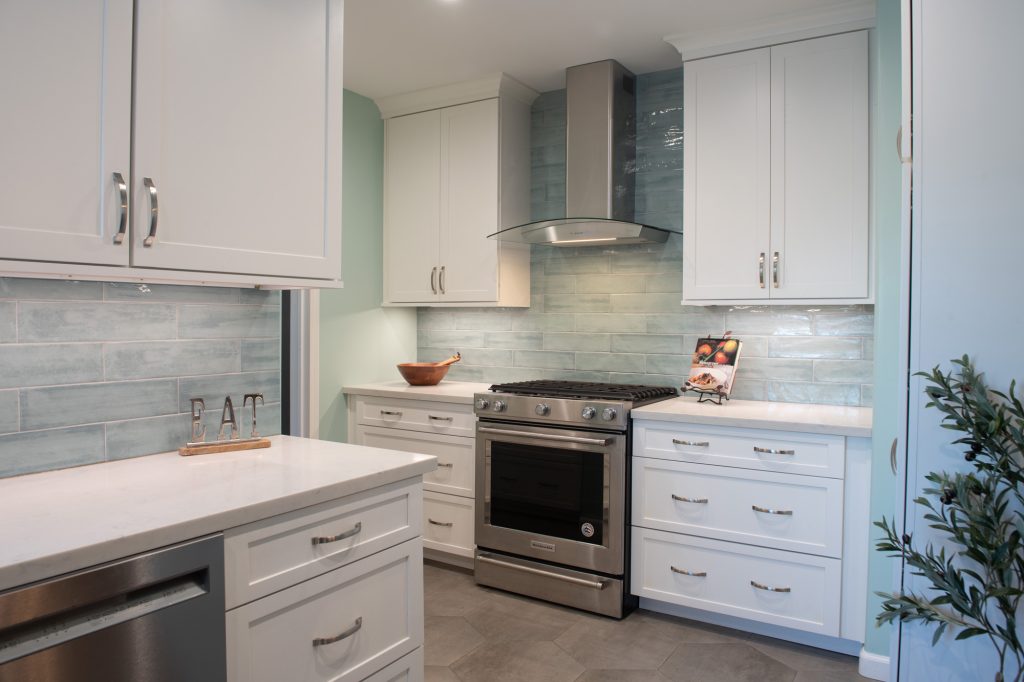
Effective remodeling doesn’t have to drain your wallet. With strategic choices in materials and labor, you can significantly cut costs without compromising quality. Here’s how you can do it:
When remodeling your home, the cost of materials can quickly add up. Opting for budget-friendly materials doesn’t mean sacrificing aesthetics or durability. Consider using reclaimed materials like wood, which can add character to your home at a fraction of the price. For new hardware and fixtures, look for sales or clearance items. Using alternatives like laminate instead of granite for countertops can also help save money while achieving a desirable look.
The decision between DIY and hiring a contractor comes down to skill level and the project’s scope. You can handle small projects like painting or simple hardware updates on your own, potentially saving you significant labor costs. However, hiring a professional for complex or large-scale projects is advisable to ensure safety and proper completion. Remember, a poorly done DIY can cost more in the long run if you need to hire a professional to repair mistakes.
Your negotiation skills can play a crucial role in reducing project costs. When purchasing supplies, don’t hesitate to ask for discounts or look for wholesale options. When dealing with contractors, get multiple quotes to ensure competitive pricing, and don’t hesitate to negotiate terms. Transparent communication about your budget and expectations can often lead to more cost-effective arrangements.
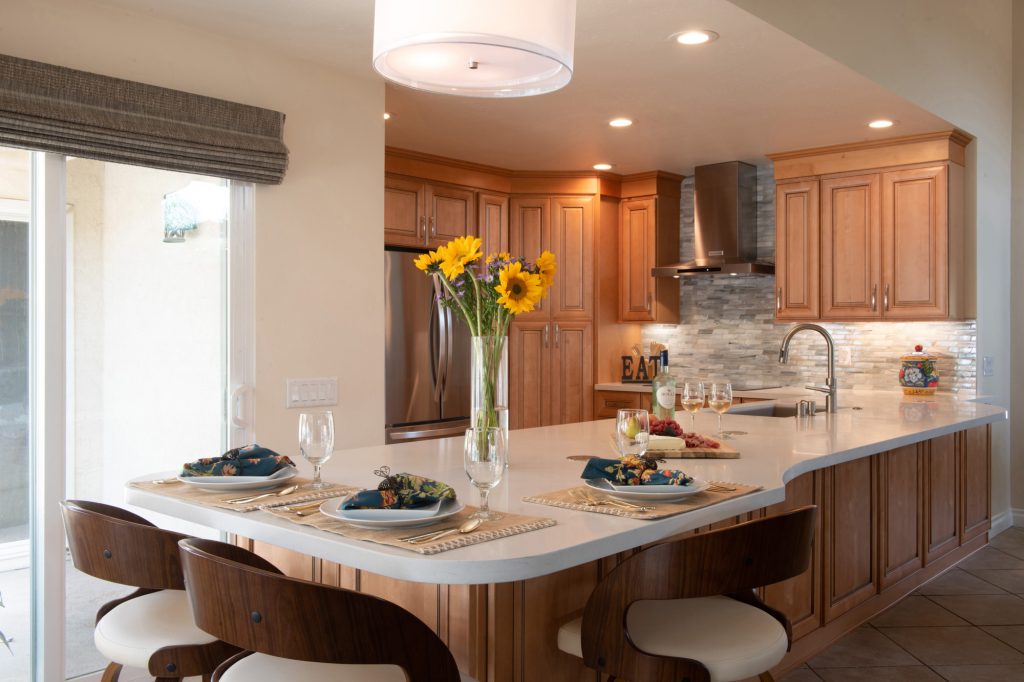
When considering home renovations on a budget, focus on areas that yield a high return on investment. Your kitchen and bathroom surfaces, like walls and floors, as well as lighting and fixtures, can dramatically enhance the appeal of your home without breaking the bank.
Investing in your kitchen remodel can reinvigorate the heart of your home. Consider replacing dated cabinets or installing a new backsplash to instantly modernize the space. A bathroom remodel should prioritize creating a sense of cleanliness and rejuvenation. Swapping out old faucets and installing new tiles can make a significant difference.
A fresh paint job is one of the most cost-effective ways to transform any room. Choose neutral colors for broad appeal or bold shades to create a focal point. Upgrading your flooring can also revitalize a space. Even cost-friendly options like laminate or vinyl can imitate the look of wood or stone.
Proper lighting can change the ambiance of a room. Upgrade to LED fixtures for improved energy efficiency and better light quality. Similarly, installing modern fixtures in the kitchen and bathroom, such as taps, drawer pulls, or lighting pendants, adds character and functionality without a complete overhaul.
By focusing on these specific enhancements, you can significantly increase the desirability and functionality of your home while staying within your remodeling budget.
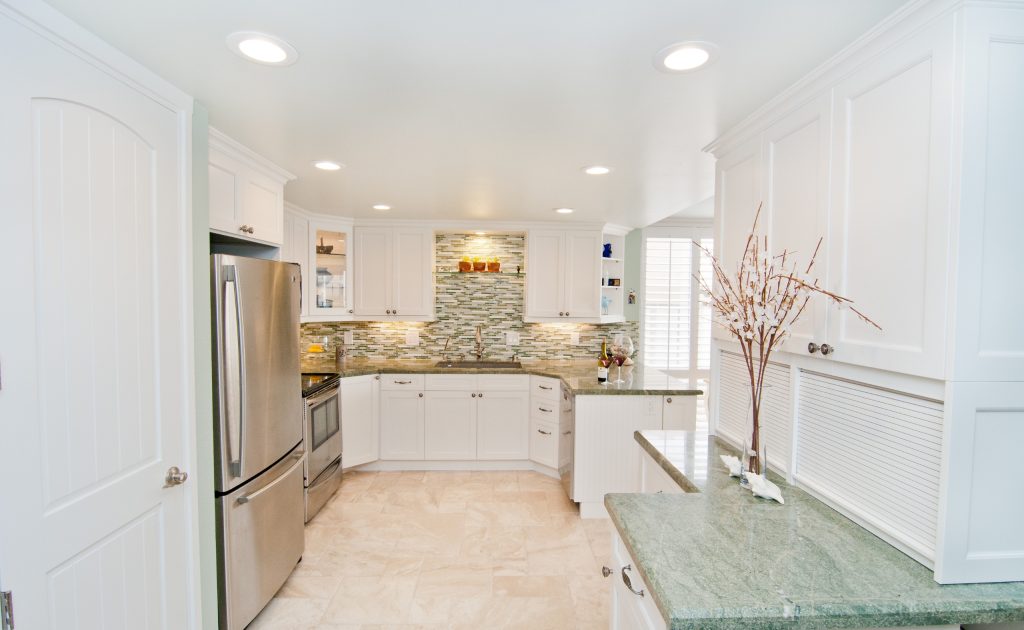
When embarking on home renovations, your main concerns likely revolve around keeping costs down while maintaining high quality. Achieving this balance is possible with the right strategies, which include exploring do-it-yourself options, finding budget-friendly alternatives, and preventing pricey errors.
The DIY route can be a substantive method to cut expenditure without compromising quality. With accurate know-how and a bit of confidence, you can tackle projects such as painting, simple carpentry, or even installing fixtures. Access detailed tutorials or attend workshops to ensure you execute tasks properly, thereby preventing mildew growth or mold problems that can arise from poor installation.
Affordability doesn’t automatically mean lower quality. Seek out materials that offer durability without the hefty price tag. For example, choose laminate countertops that mimic granite or vinyl flooring that looks like hardwood. This approach helps keep your budget-friendly and ensures your renovations are long-lasting and aesthetically pleasing.
To save money, planning meticulously and avoiding common pitfalls is crucial. Be sure to measure accurately, buy slightly more material than you need to account for errors, and take your time with decisions. Understanding the full scope of the project can prevent redoing work, which in turn keeps costs down and maintains a high standard of workmanship.
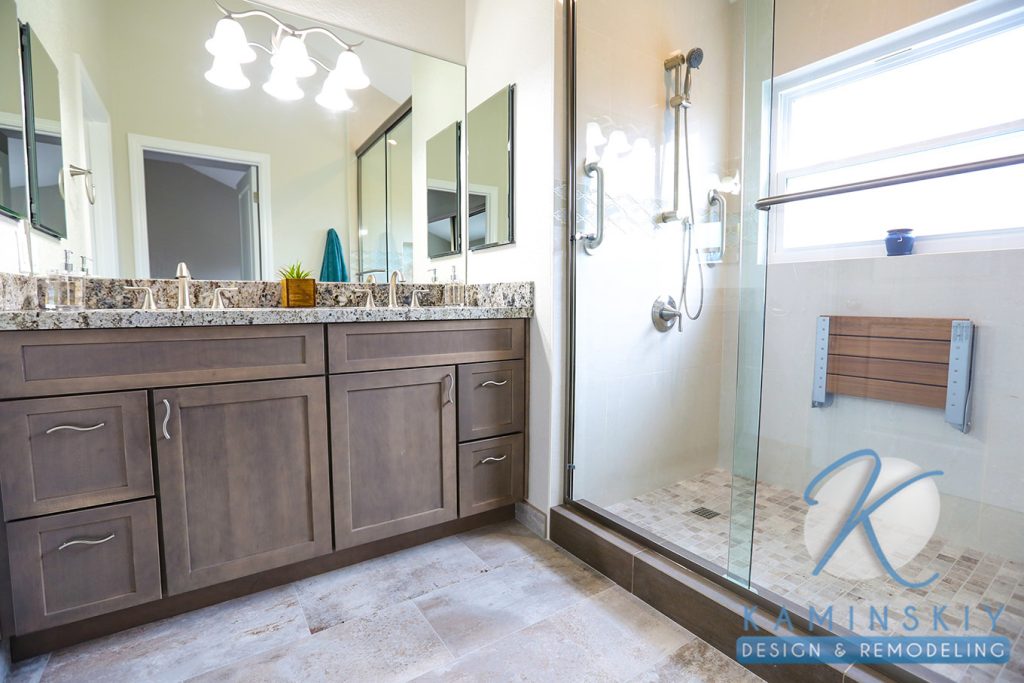
When considering home improvements, it’s essential to focus on projects that are not only cost-effective but also add substantial value to your property. Strategic remodeling can significantly enhance your home’s appeal and market value.
Improving your home’s curb appeal is crucial. It’s the first impression potential buyers get. Simple updates like a fresh coat of paint on the front door, new siding, or even just power-washing the exterior can make a big difference. Landscaping enhancements such as well-maintained lawns, flower beds, and the strategic placement of shrubs can also significantly increase your home’s aesthetic appeal and overall property value.
Energy efficiency renovations can be a wise investment in a world where eco-friendliness is valued. That can include installing double-pane windows, adding insulation, or upgrading to energy-efficient appliances. Not only will these changes reduce your utility bills, but they will also make your home more attractive to buyers looking for a cost-effective, energy-conscious property.
Choose remodeling projects with a good return on investment (ROI) to maximize your investment. Kitchen and bathroom remodels often offer the highest ROI. However, certain upgrades, such as adding a deck or renovating your attic into a bedroom, can also yield substantial benefits when selling your home. Always consider the most expensive part of remodeling to ensure your changes are financially prudent.
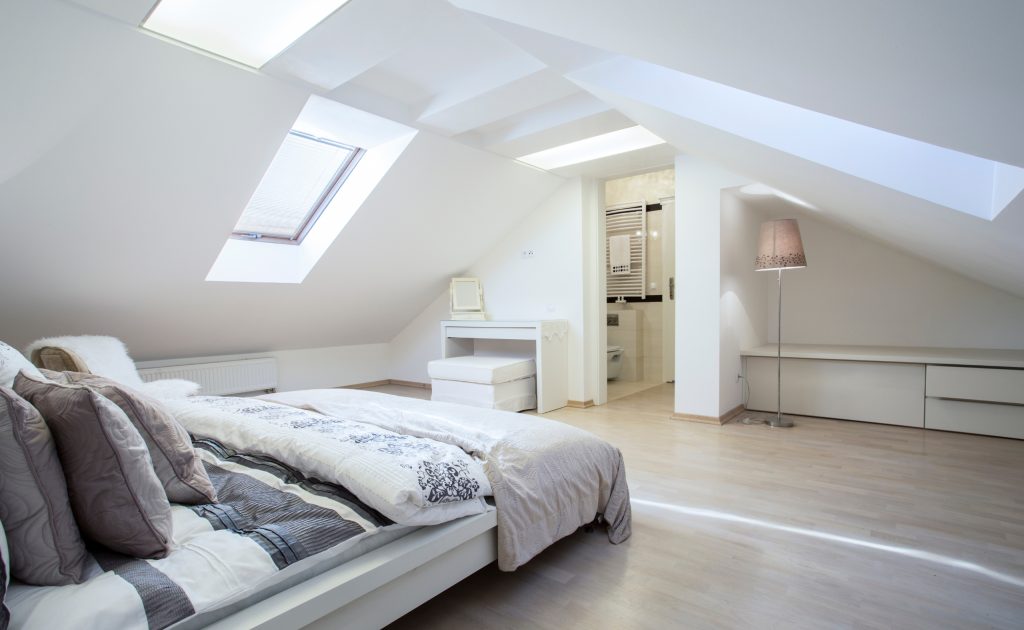
Maximizing your budget while achieving impactful results is crucial for home renovations. These FAQs cover practical tips for affordable remodeling and the strategic planning required for a successful outcome.
To stay within budget, effective strategies for affordable home renovation include planning thoroughly, prioritizing projects that increase home value, sourcing materials wisely, and doing parts of the job yourself whenever possible.
Projects like painting, updating fixtures, and enhancing curb appeal offer the biggest impact for a minimal investment. These transformations can significantly refresh your home’s look and feel without a hefty price tag.
You can cut costs significantly by doing the labor yourself, repurposing materials, shopping for deals on fixtures and materials, and planning and budgeting carefully to avoid costly surprises.
When starting a DIY home renovation, define your project scope and budget first. Then, gather the necessary tools, educate yourself on the required skills, and create a detailed timeline for the tasks at hand.
When planning a budget-conscious renovation, consider the scale of the project, the materials needed, whether you’ll DIY or hire a general contractor, such as Kaminskiy Design & Remodeling, and the potential return on investment. Remember always to include a contingency fund for unexpected costs.
Kitchens and bathrooms typically cost the most to remodel. You can manage costs by choosing mid-range rather than luxury fixtures, refurbishing existing elements, and doing simpler tasks yourself.
Explore More Design and Remodeling Tips